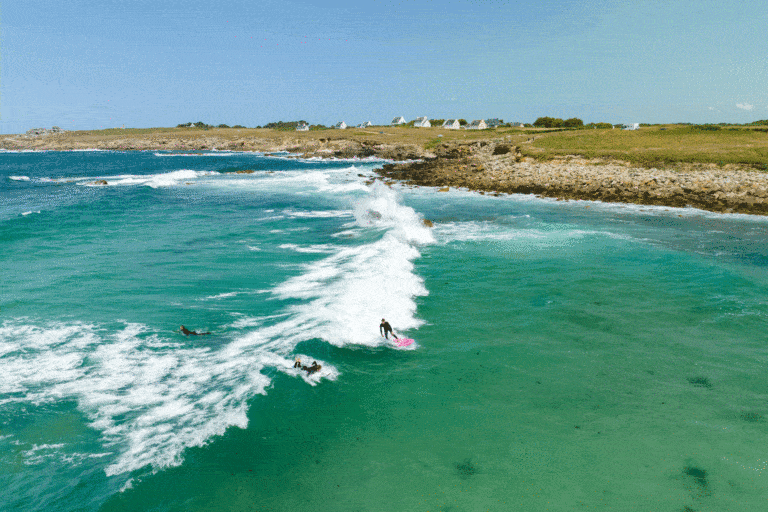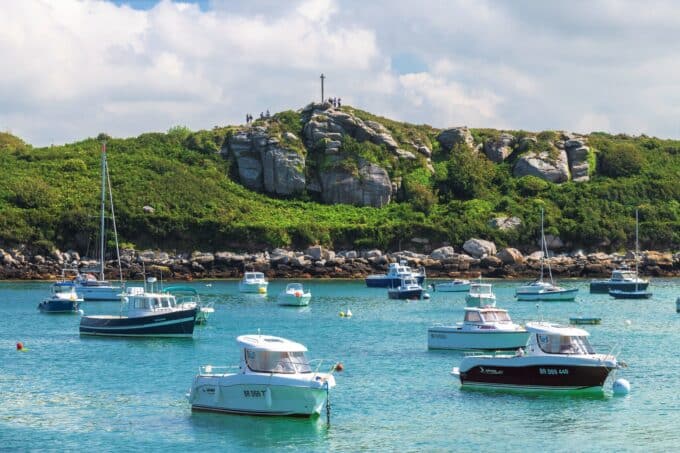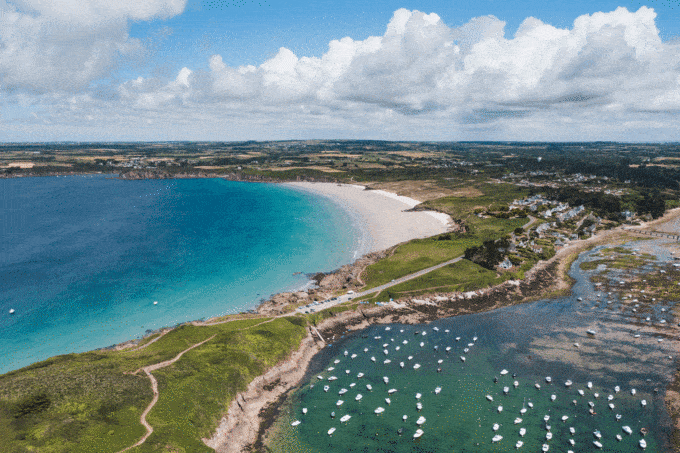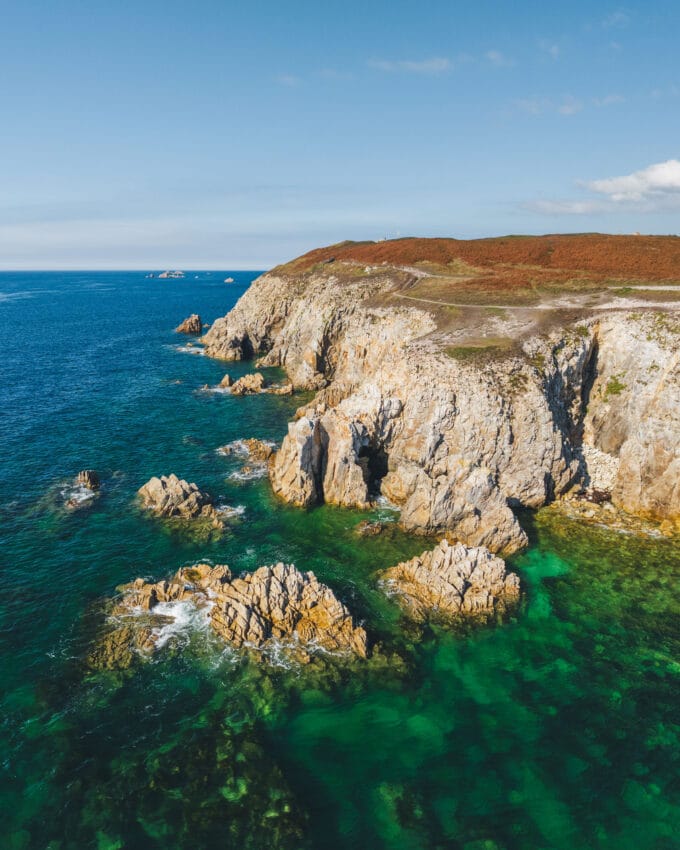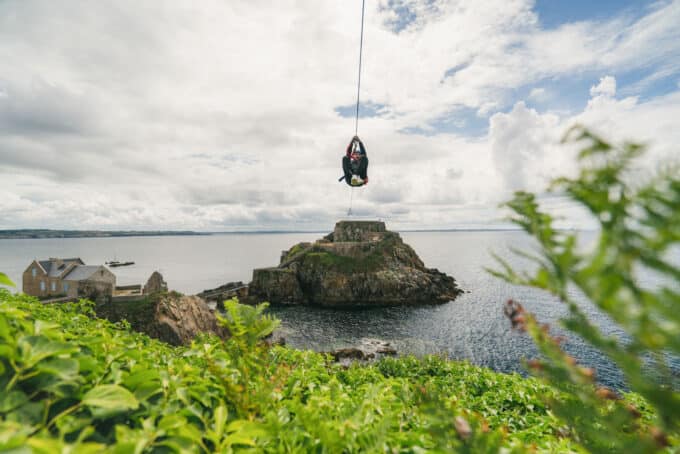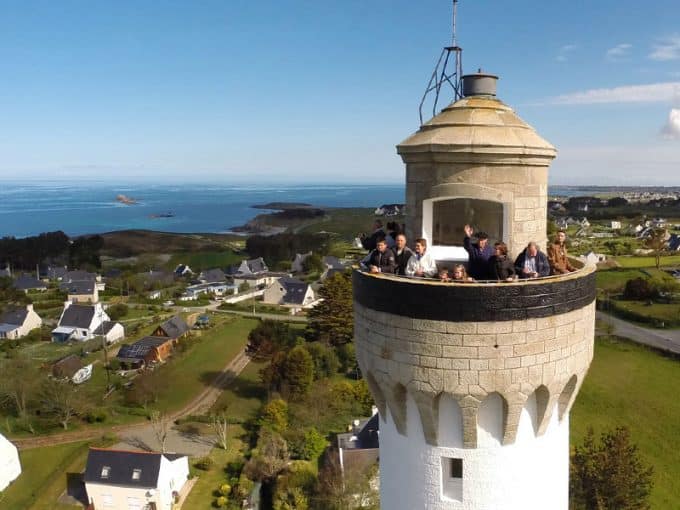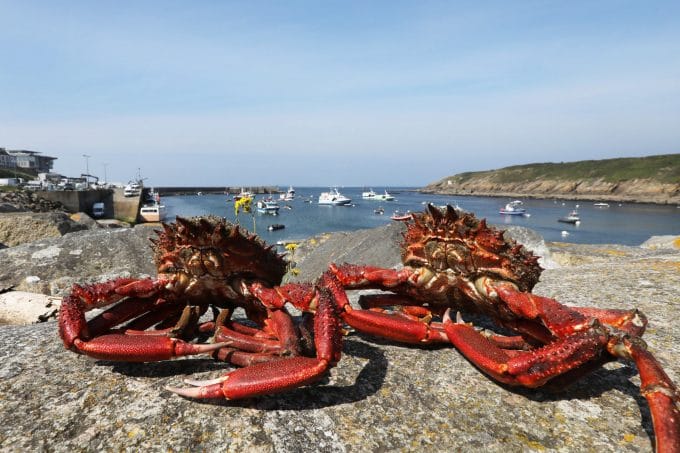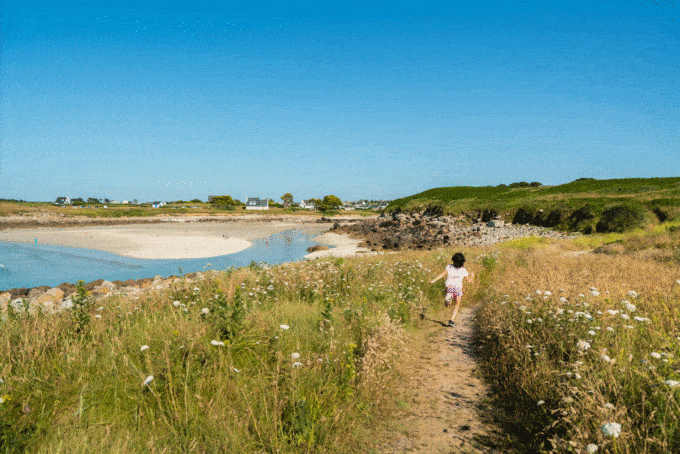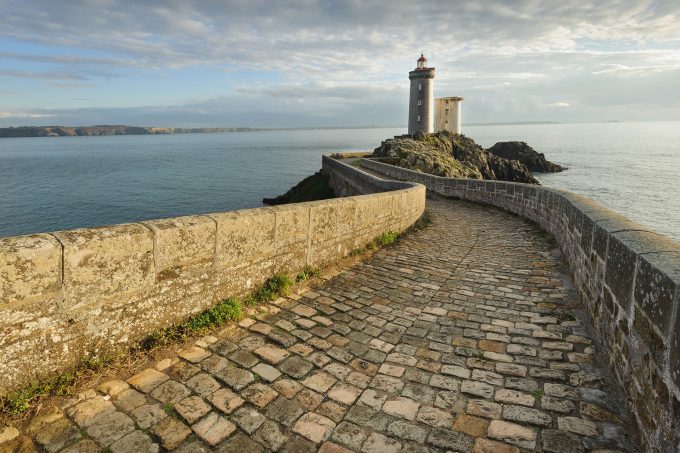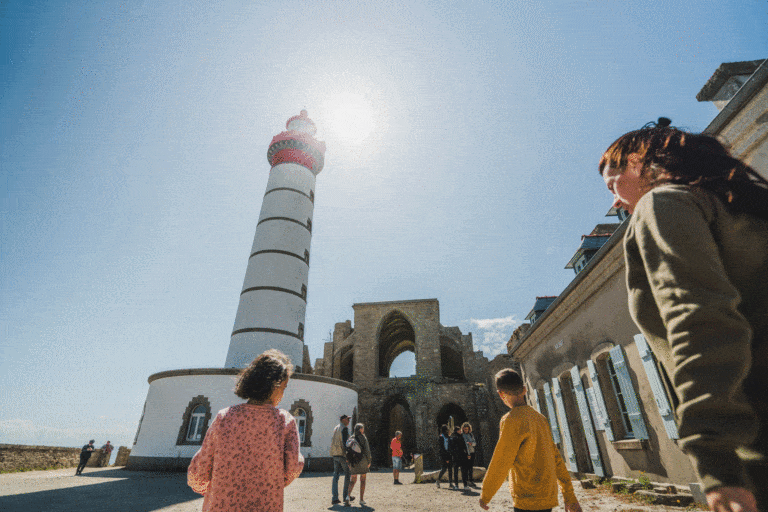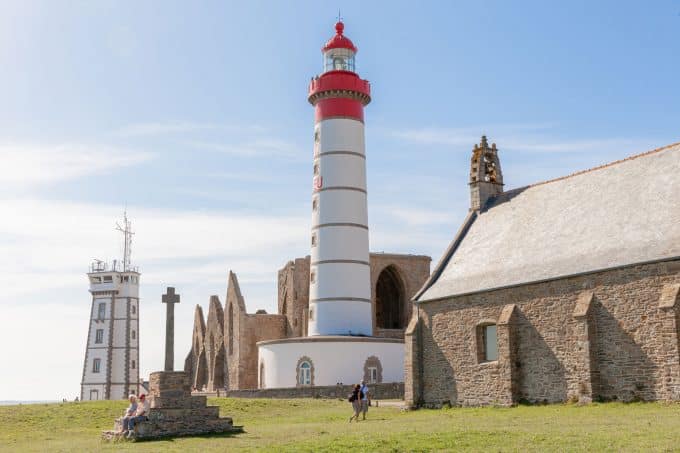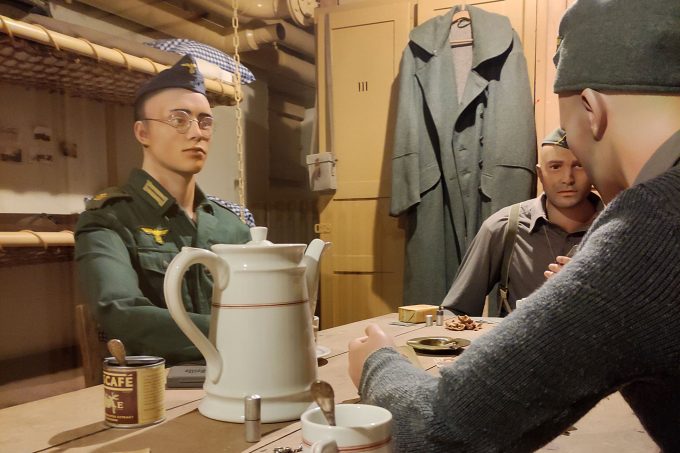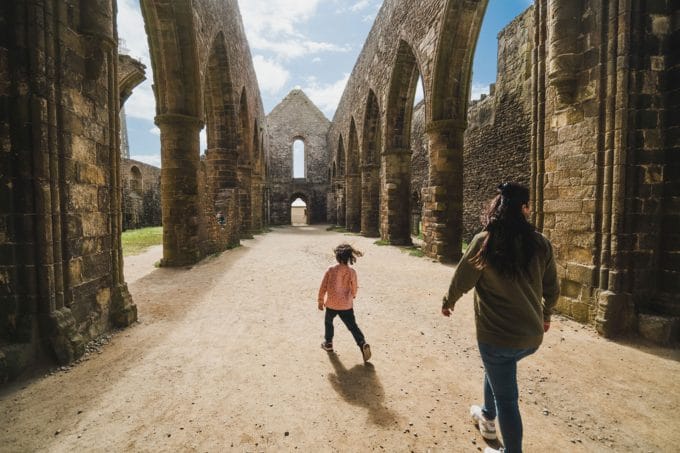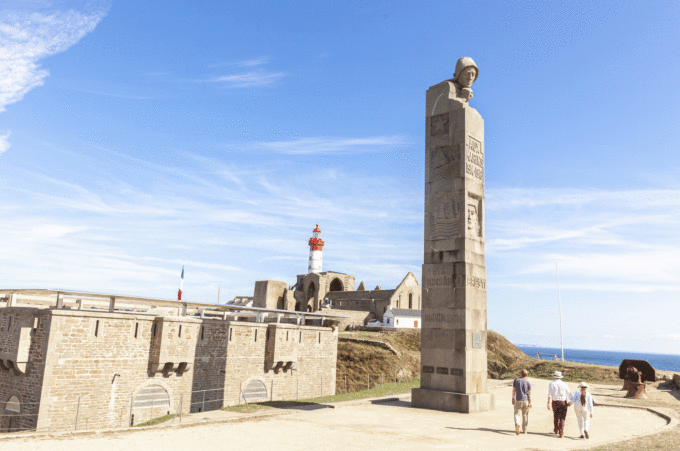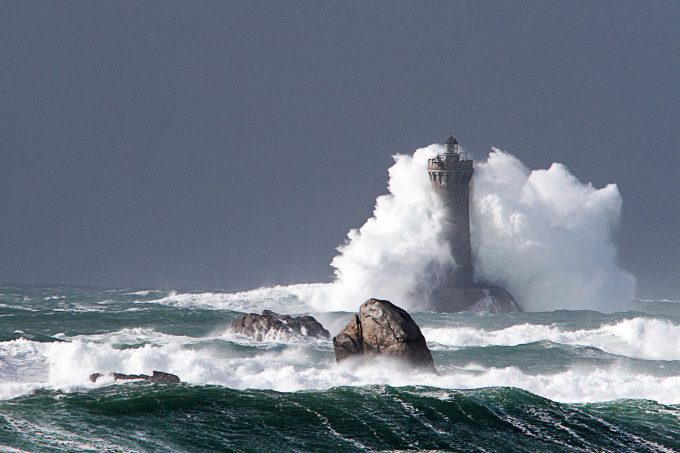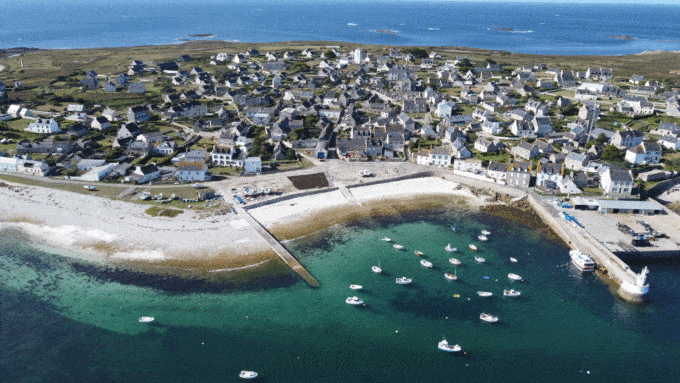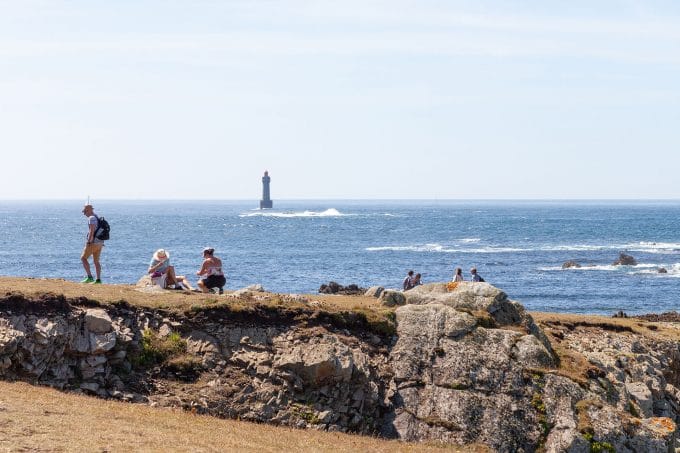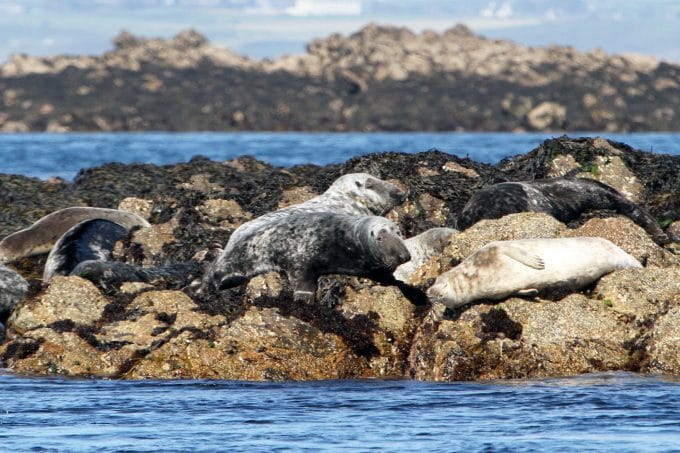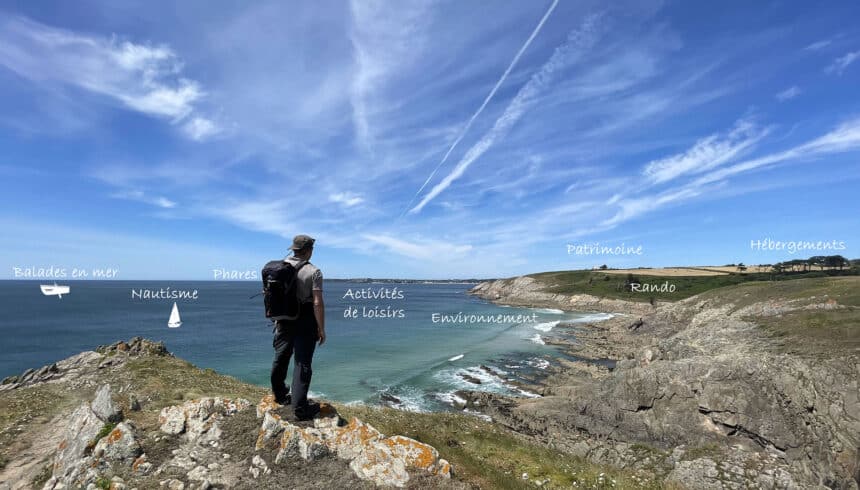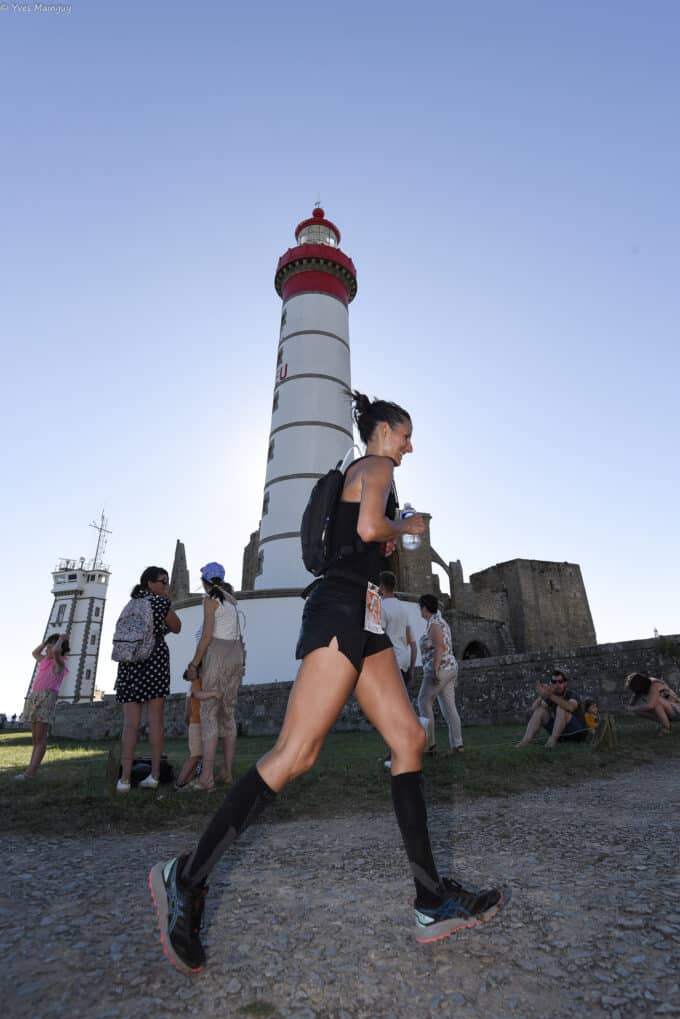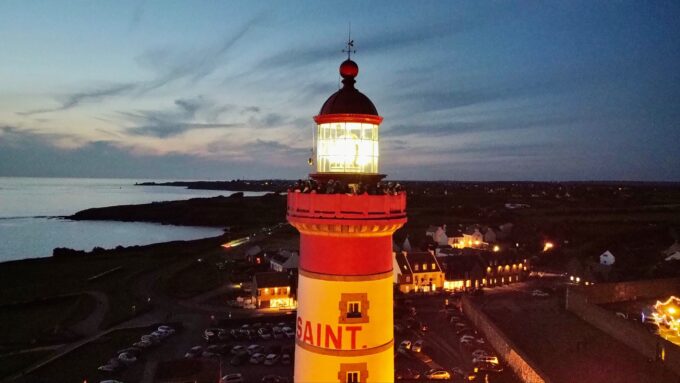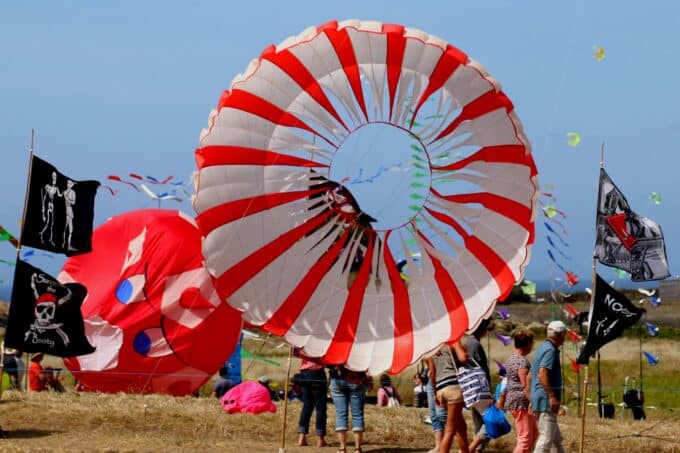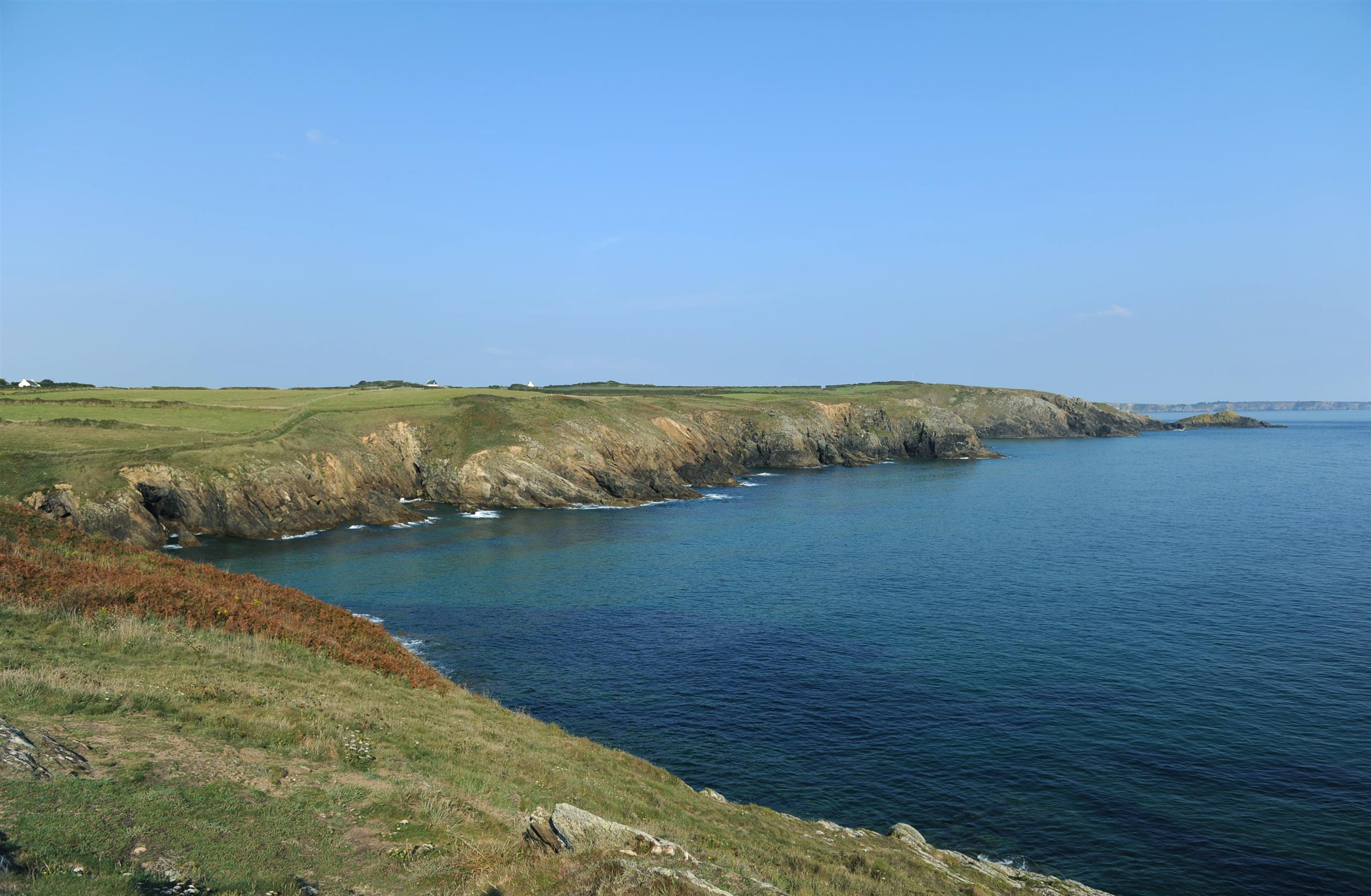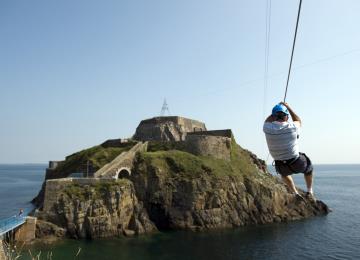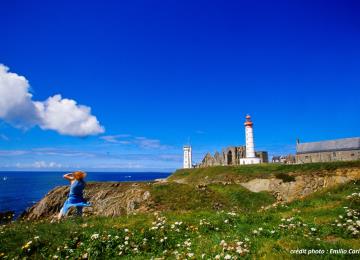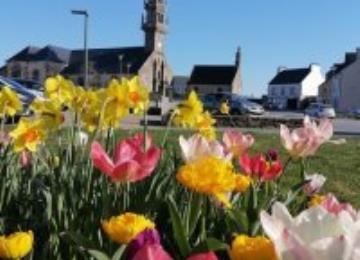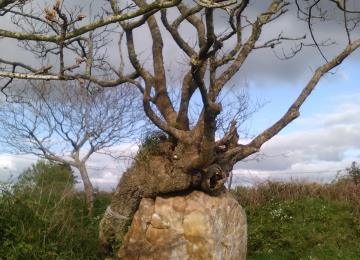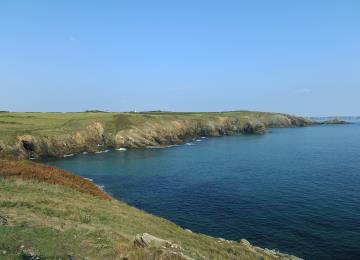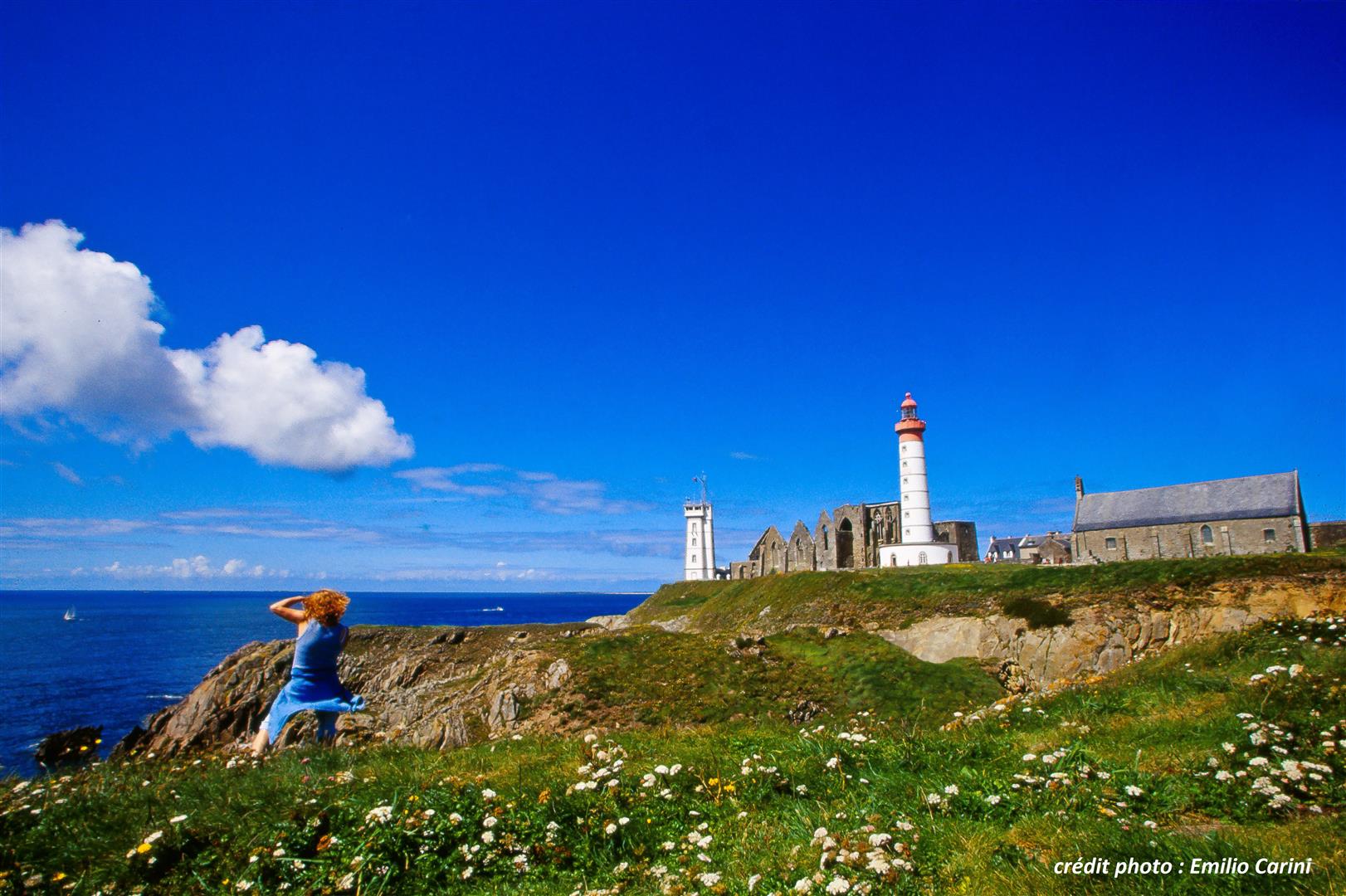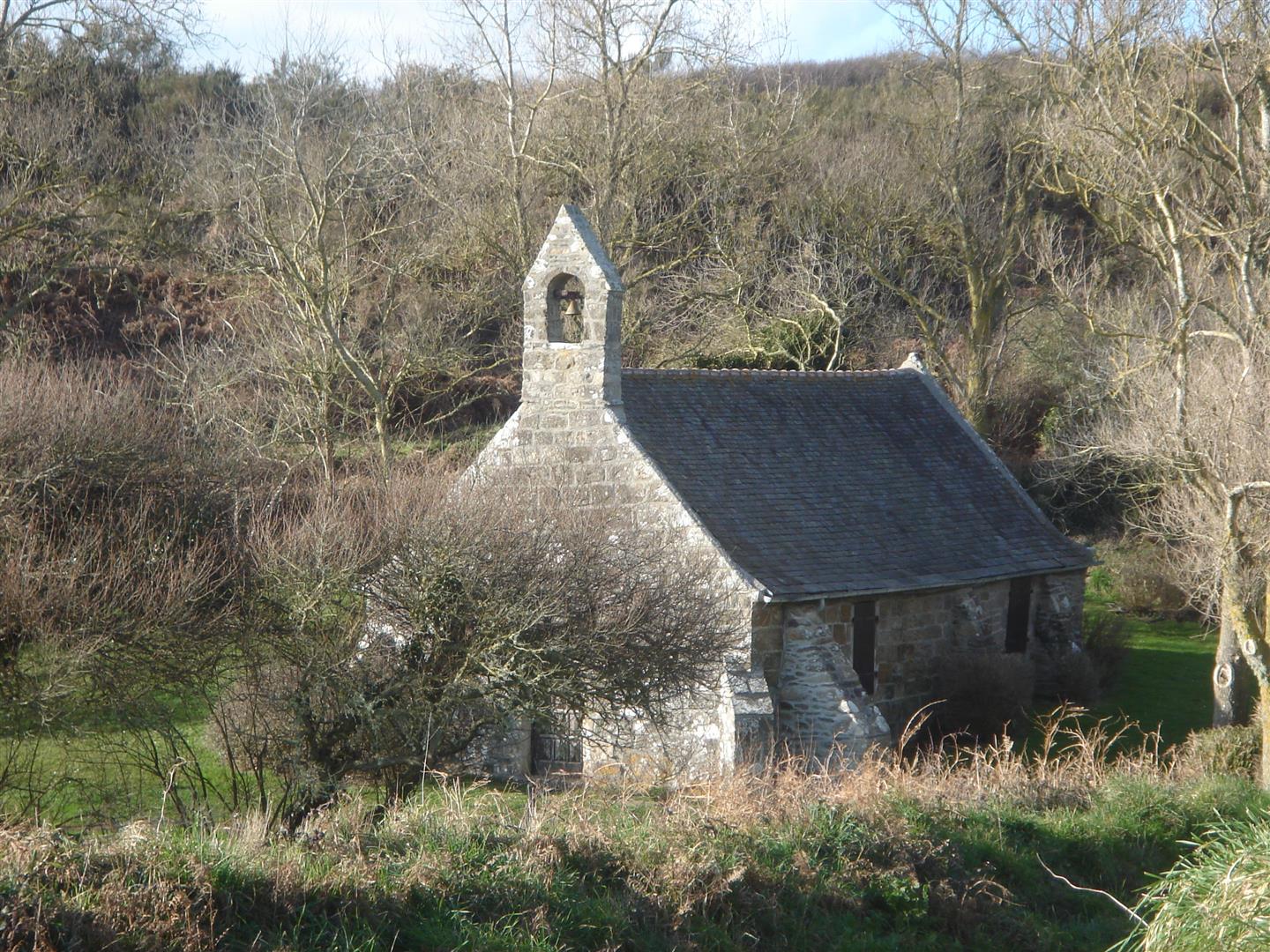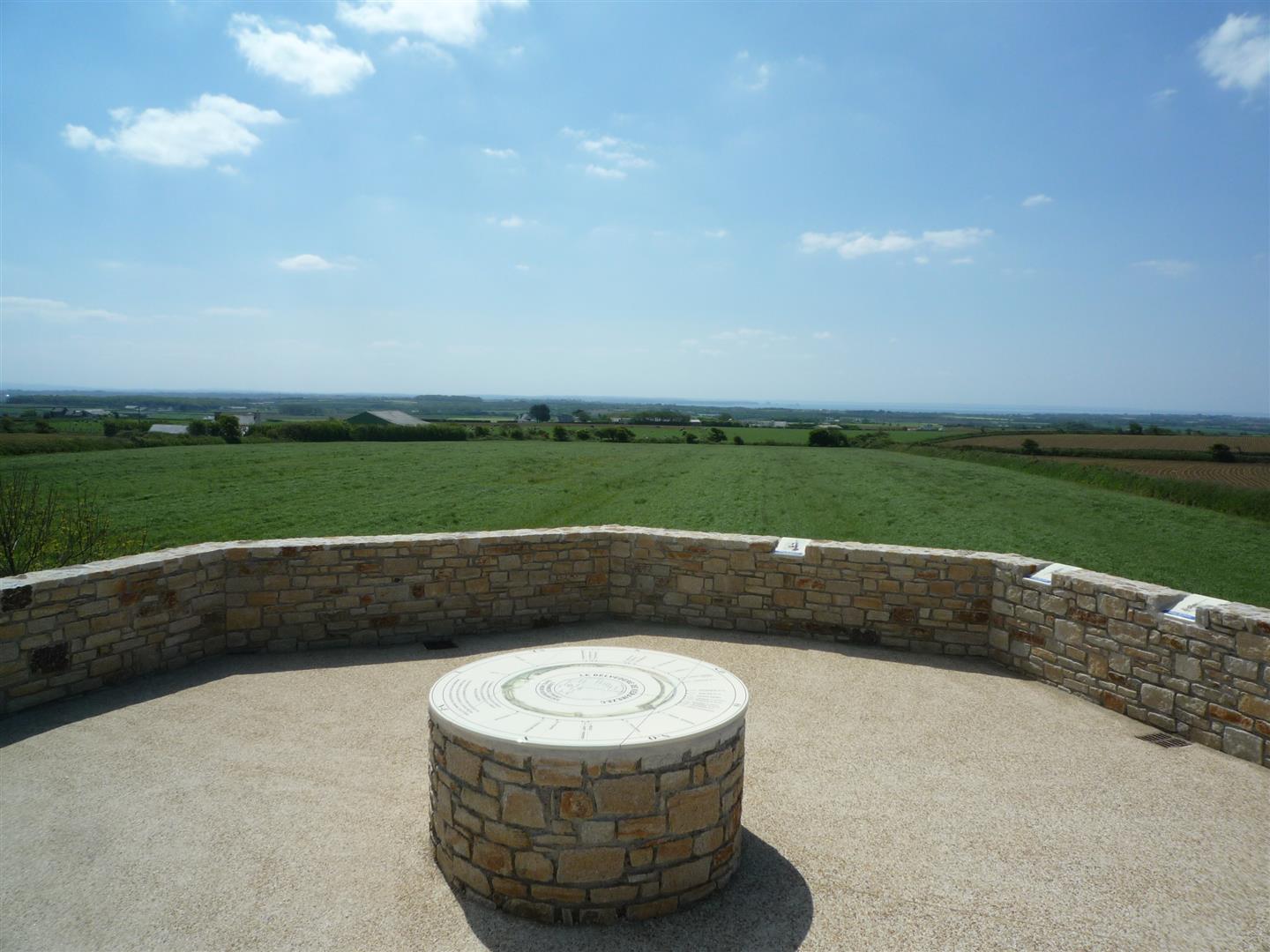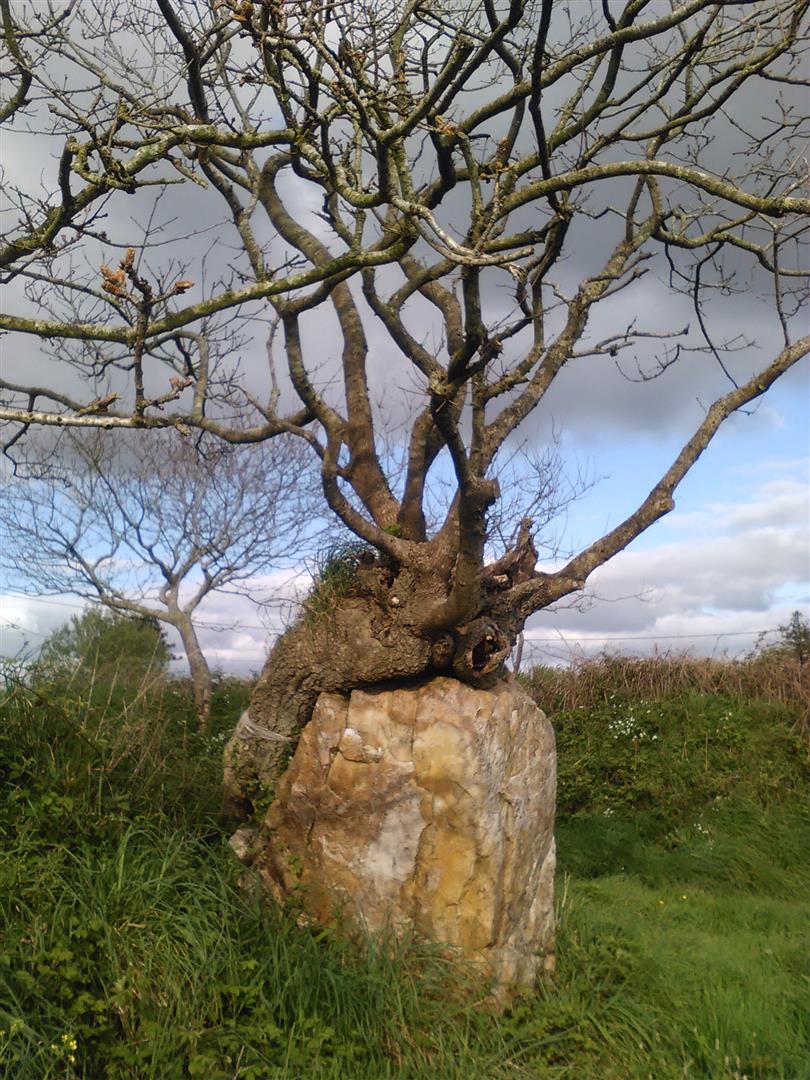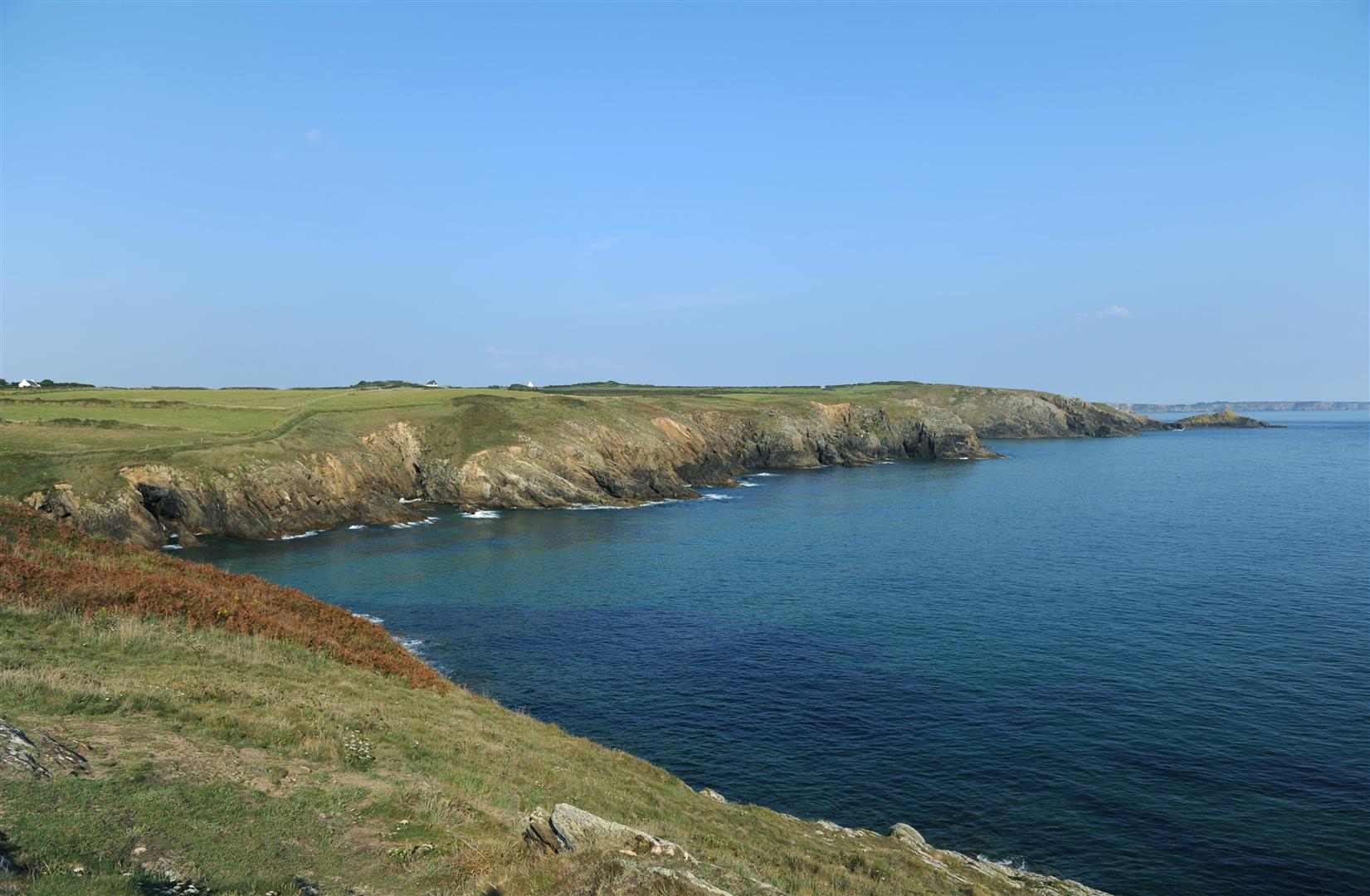MTB track no. 18 - Plougonvelin / Le Conquet / Milizac / Plouzané
- MOUNTAIN BIKING
- 104 Km
- Difficult
- Loop
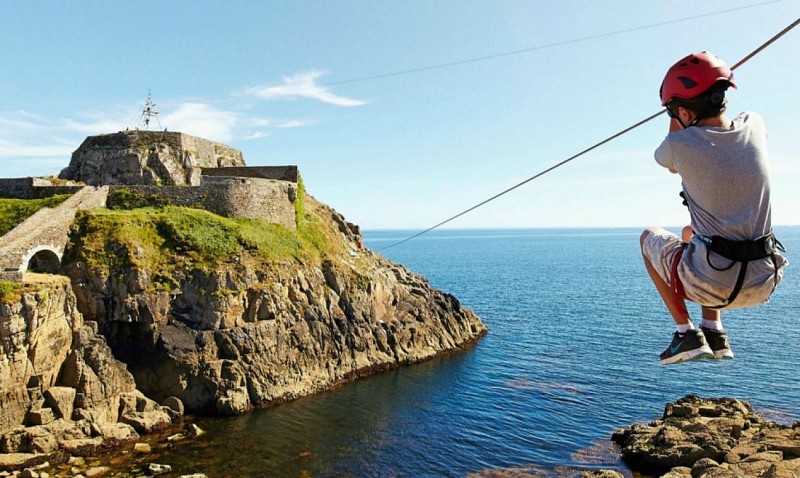

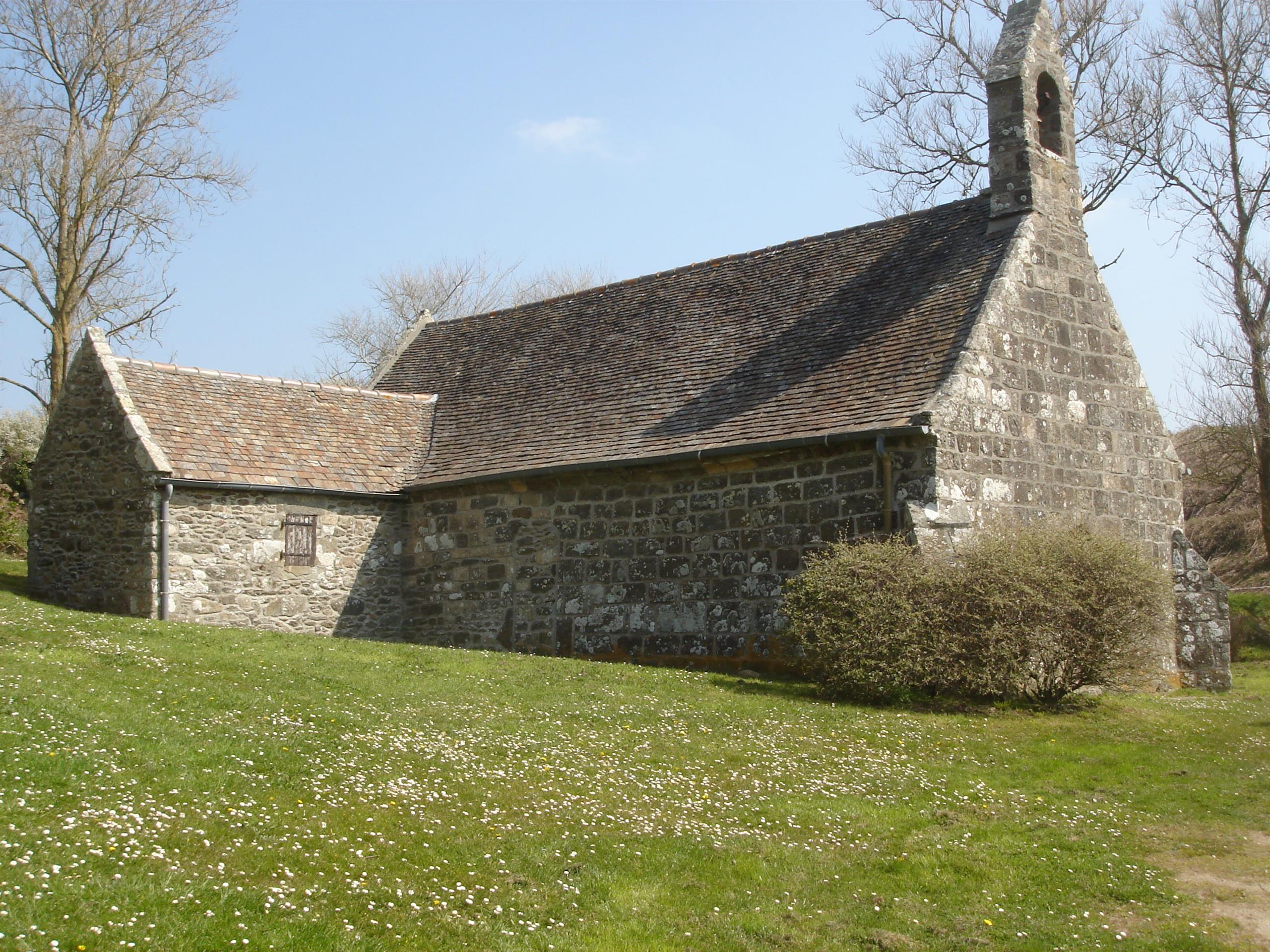


About us
From Plougonvelin to Milizac, passing through Le Conquet and Plouzané, this 106 km circuit will be rich in cultural and natural discoveries!
Along the way, official circuit n°18 takes you to the Pointe Saint-Mathieu, the Kereven menhir and the impressive cliffs of Déolen.
Mountain biking is a great way to discover sites that mark the history of our Pays d'Iroise! Set off on an adventure on our signposted circuits, which will take you through many of our region's communes.
18 mountain bike circuits guide you through the Pays d'Iroise countryside or along the coast.
Along the way, take the time to put your foot down and read the heritage interpretation panels.
A few rules of safety and good behavior:
- The coastal path is forbidden to ATVs
- Before setting off, check the condition of your ATV and take a repair kit
- Respect the highway code: ride in single file, wear a helmet: it is compulsory for children under 12 (CSIR of 02/10/15).
- Always take a snack and a drink with you
- Respect private property
- Don't litter, respect nature by using the garbage cans.
The mountain bike topoguide is available from the Iroise Bretagne tourist office for €5.
See the bottom of the page for all the activities and restaurants in the area.

